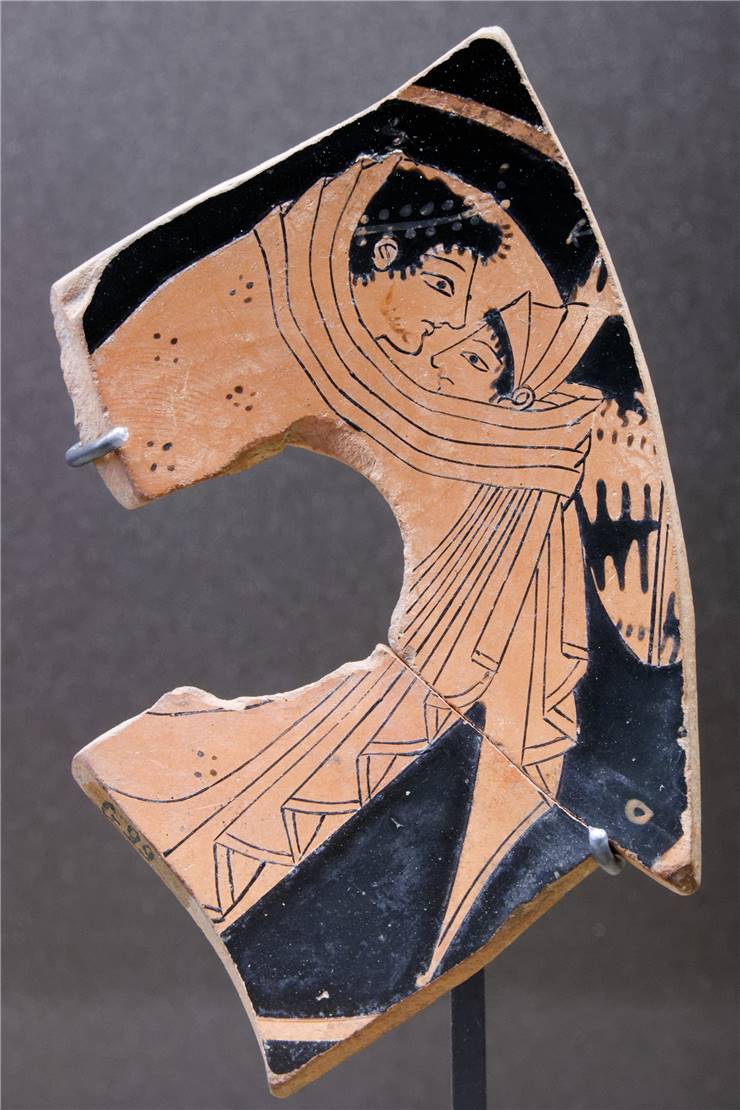Cloak - History and Facts about Cloak
Cloak is a clothing item that is worn over the indoor clothing. It protects the wearer from the weather conditions or it is worn as fashionable outfit or as a part of the uniform. Humans used cloaks since the beginning of history in some simpler or more complex form. In time cloaks changed from larger pieces of leather in prehistory to more sophisticated clothing items following the fashion and progress of technology.
First cloaks were used as a blankets or bed coverings as clothing. Earliest cloaks were made of piece of cloth with a hole cut in the center for the head and resembled a poncho. Earliest North Americans often wore no covering on their upper bodies except for cloaks in bad weather. Ancient Romans used them that way as well Scots and Arabs and through the Middle Ages. Roman cloaks were of different styles. There were of short shoulder length styles, hip-length, knee length and ankle length. Style of the cloak depended on the the class and status of the Roman wearing the cloak.

Different types of cloaks had, of course, different names. Simplest style of cloak was paenula and it was worn by both sexes. Cloak worn by Roman Soldiers and by Roman officers was called sagum. It was simple rectangular piece of heavy material, knee length, which fastened by a metal or leather clasp called “fibula”. Soldiers wore red ones while officers wore scarlet ones. Purple cloak, which was fastened by a large brooch on one shoulder, called lacerna was worn by generals. Purple color visually distinguished a general from other officers.
Roman senators also wore lacerna over their toga. Emperors of Rome wore paludamentum which was an expensive ankle length cloak fastened with a gold or jewelled clasp or brooch. Leana was a thick, round woolen cloak that Roman priests wore. Palliuim was a style of colorful decorated cloak that was reserved for the wealthy. All these cloaks were simple in design and it was not until the Renaissance that tailored cloaks were worn. Some cloaks have hoods and some are made so they cover the front, in which case they have holes or slits for the hands to pass through.
Cardinal or scarlet hooded cloak was very popular in the 18th century Britain. It was made of scarlet wool cloth which was double milled to make it resilient to weather. Scarlet was just a name for a cloak and it was also was also available in other colors. In time cloak styles become shorter and in the 1890s, hip-length mantelets were modern. Materials from which cloaks were made became broader and for cloaks were used wool, satin, silk, pleated chiffon, velvet, lace and taffeta fabrics. By the 1900s coats replaced cloaks but not totally. Coats become evening wear instead all-purpose as they were until then. In 1950s they again become day wear and were made of tweed and mohair. They soon fall out of fashion after that. From then until today they are worn on special occasions.
